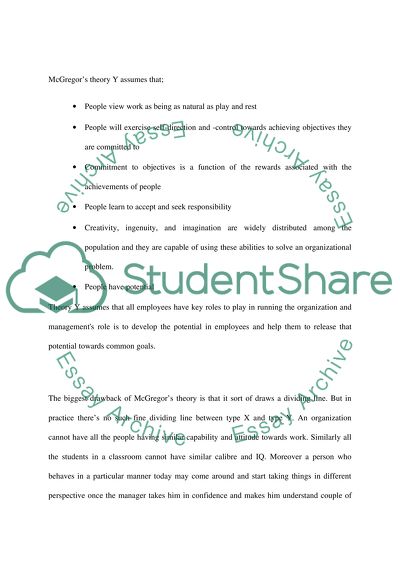Cite this document
(Primark: Motivational Strategies Literature review, n.d.)
Primark: Motivational Strategies Literature review. Retrieved from https://studentshare.org/human-resources/1529348-literature-review-bachelor-essay
Primark: Motivational Strategies Literature review. Retrieved from https://studentshare.org/human-resources/1529348-literature-review-bachelor-essay
(Primark: Motivational Strategies Literature Review)
Primark: Motivational Strategies Literature Review. https://studentshare.org/human-resources/1529348-literature-review-bachelor-essay.
Primark: Motivational Strategies Literature Review. https://studentshare.org/human-resources/1529348-literature-review-bachelor-essay.
“Primark: Motivational Strategies Literature Review”, n.d. https://studentshare.org/human-resources/1529348-literature-review-bachelor-essay.


